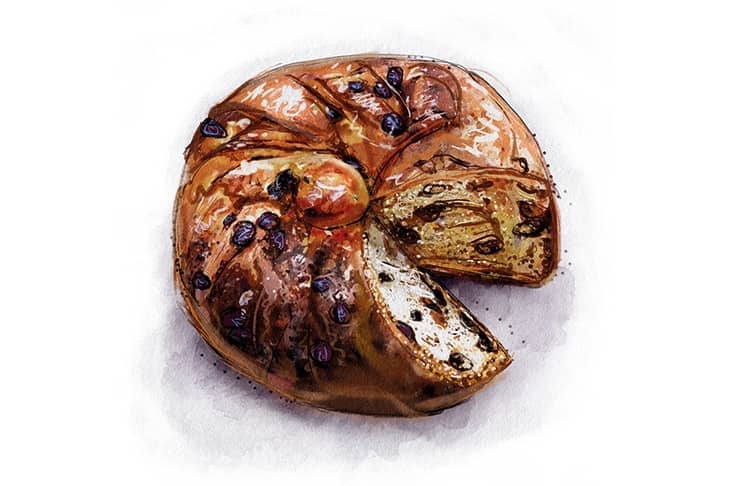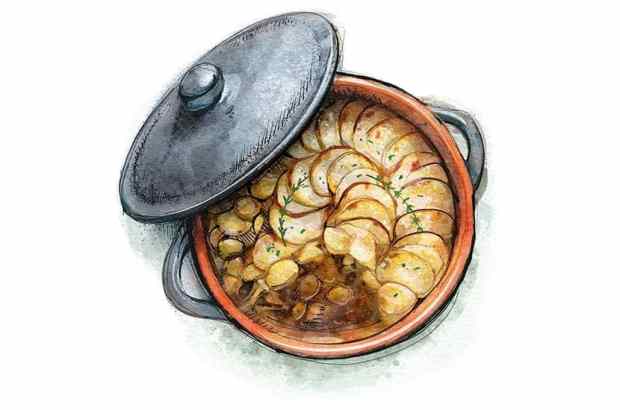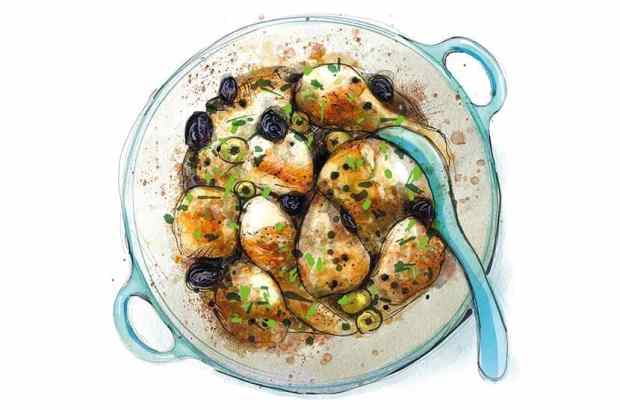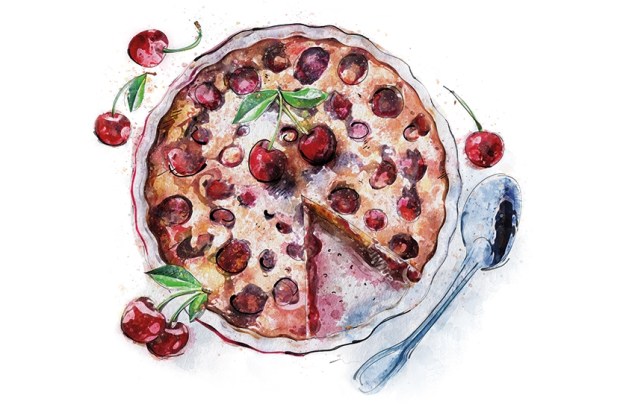Lardy cake has a branding problem. We don’t mind puddings or cakes which explicitly announce their richness or decadence — death by chocolate, chocolate nemesis and devil’s food cake all remain popular. We actively embrace the hedonistic butteriness of croissants, along with brioche and puff pastry. Or consider the Betty’s Fat Rascal, which has achieved cult status despite (or because of) its unabashed fatty cheekiness.
Already a subscriber? Log in
Subscribe for just $2 a week
Try a month of The Spectator Australia absolutely free and without commitment. Not only that but – if you choose to continue – you’ll pay just $2 a week for your first year.
- Unlimited access to spectator.com.au and app
- The weekly edition on the Spectator Australia app
- Spectator podcasts and newsletters
- Full access to spectator.co.uk
Unlock this article
To sign up for Olivia Potts’s monthly newsletter, which brings together the best of The Spectator’s food and drink writing, go to spectator.co.uk/oliviapotts
You might disagree with half of it, but you’ll enjoy reading all of it. Try your first month for free, then just $2 a week for the remainder of your first year.














Comments
Don't miss out
Join the conversation with other Spectator Australia readers. Subscribe to leave a comment.
SUBSCRIBEAlready a subscriber? Log in